Your Attitude Makes the Difference: Kindness with Competence

“It’s not what you do once in a while; it’s what you do day in and day out that makes the difference.” Jenny Craig He was known for making a difference. One of his favorite sayings was “Digging for gold is more important than the gold itself; that’s why I say let’s play two.” […]
Aligning Strategy With Culture
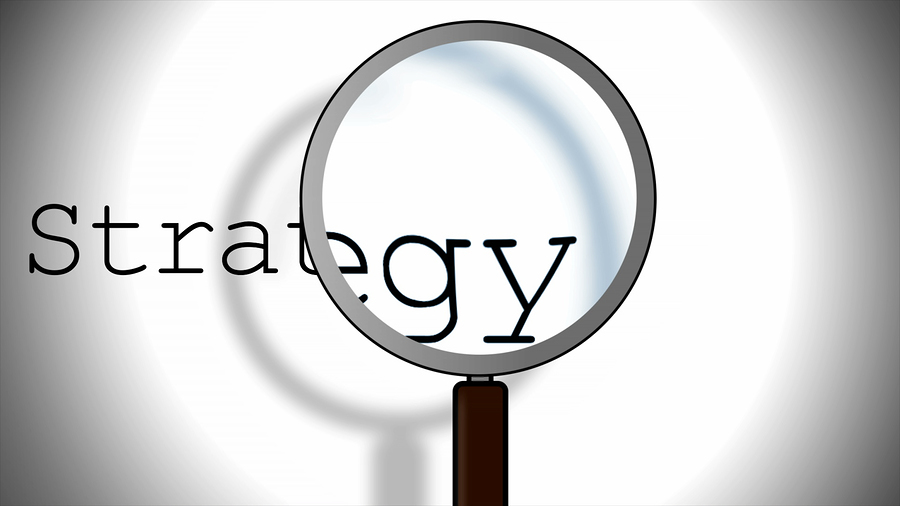
Henry Ford once said, “Coming together is a beginning; keeping together is progress; working together is success.” The goal of strategy and culture alignment is to keep the organization working together like a well-oiled machine that’s ready for a cross-country excursion. What changes does your organization need to make to align its strategy, culture, and […]
PwC’s 2017 Portfolio Management Trends and Insights
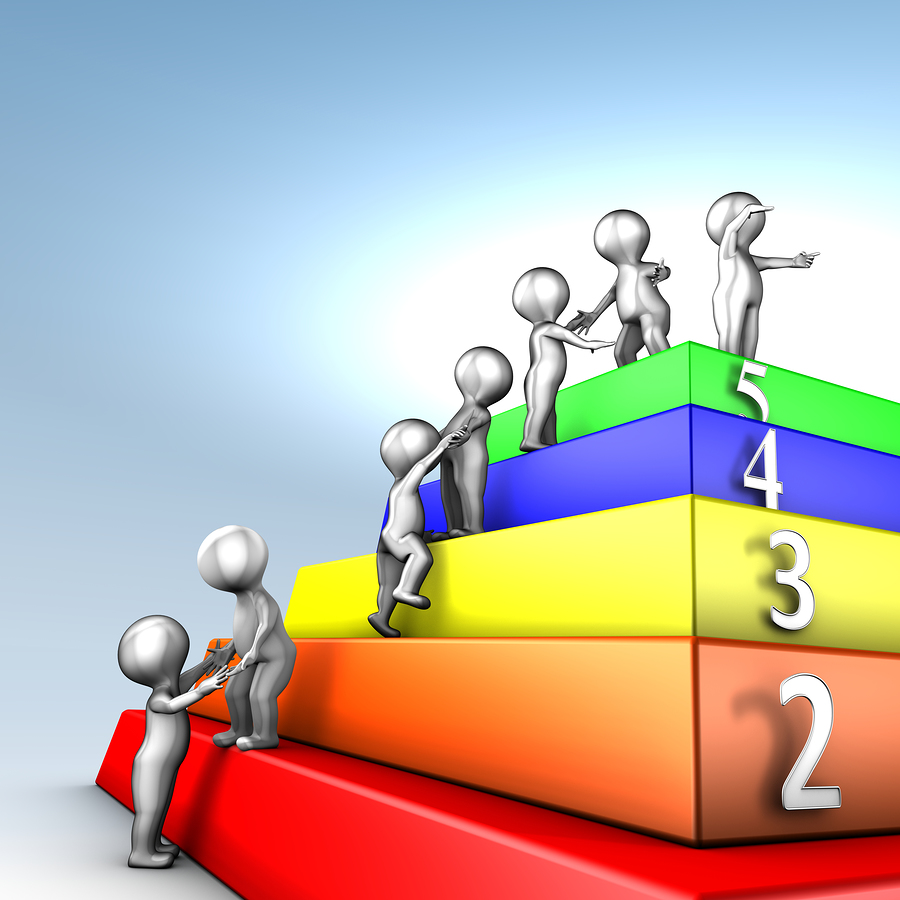
I’ve updated the post on Portfolio Management Maturity, I received the link below highlighting PwC’s 2017 global project management report which includes key survey results on Portfolio Management insights collected from over 1500 IT leaders in 38 countries. In the spirit of sharing, I have provided a list of lessons learned or takeaways I gleaned […]
Project Portfolio Management Maturity Modeling

“Maturity comes not with age but with the acceptance of responsibility. You are only young once but immaturity can last a lifetime!” -Edwin Louis Cole The essence of an IT strategic plan is to align the IT department with the organization’s strategic intent, vision and business objectives in concert with the senior executive team. […]
Enhance Workplace Productivity using project portfolio management
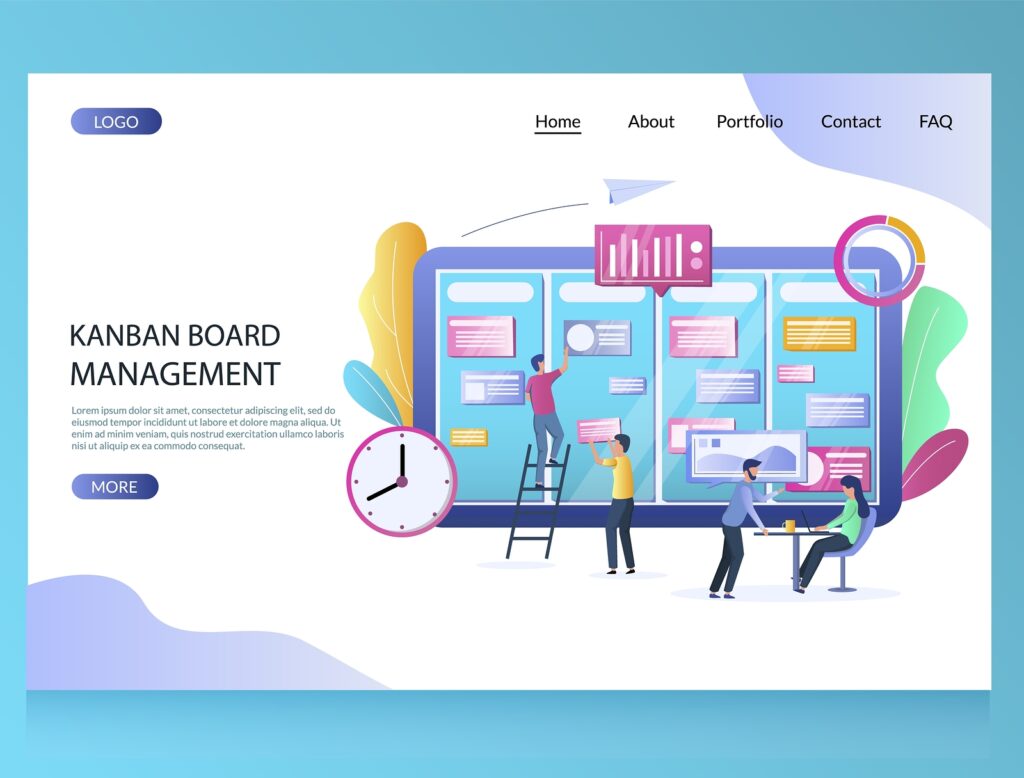
In August 2013, I spoke at the Project Management Institute (PMI), and the International Legal Technical Association (ILTA) conference in Las Vegas. The audience and a panel I was on debated about the value of the PMO. We were discussing how the PMO helps organizations enhance workplace productivity. And, as the conversation went on, we […]
What factors increase productivity?
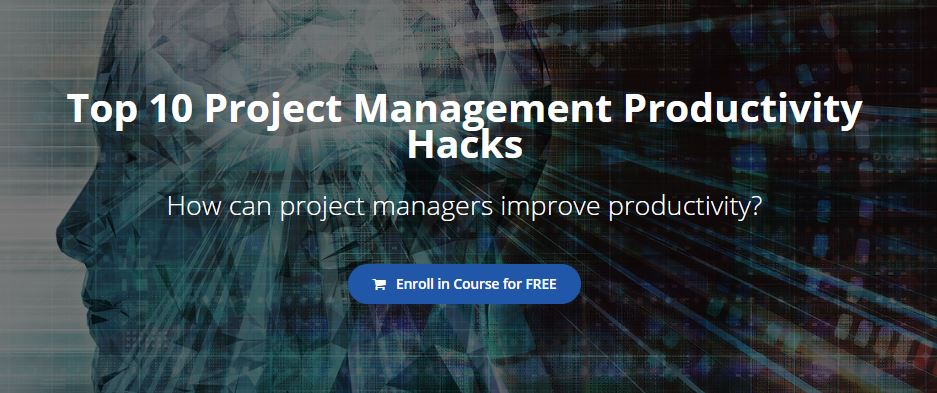
Project Management Productivity Hacks Napoleon said, “All plans are useless, but the act of planning is essential.” So, as we go through this material, you’re going to get the opportunity to plan. You’re going to get the chance to go through the act of planning by planning out how you can radically improve your productivity […]
Project Portfolio Management Assessment
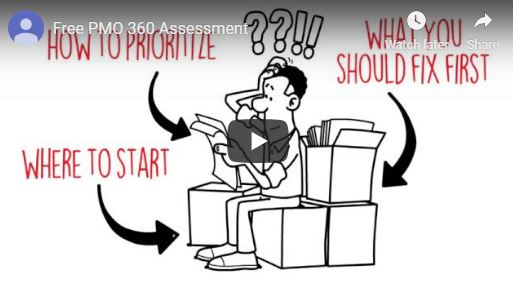
The Project Portfolio Management 360 Maturity Assessment allows you to define the present state of your organization’s project, program and portfolio management processes. It takes less than 5 minutes to complete the assessment and you will receive a free customized report of your results! “Gerald presented a professional assessment that directly addressed the issues we are facing and […]
The APEX of the Project Management Ladder

ject management and project portfolio management offer a set of business practices that enables an organization to identify its most critical activities, and investments that will create the most value for the organization, while managing the allocation of its most constrained resources.
Culture Is The Bass is listed in the Top 15 Books on Business Culture on Entrepreneur Magazine
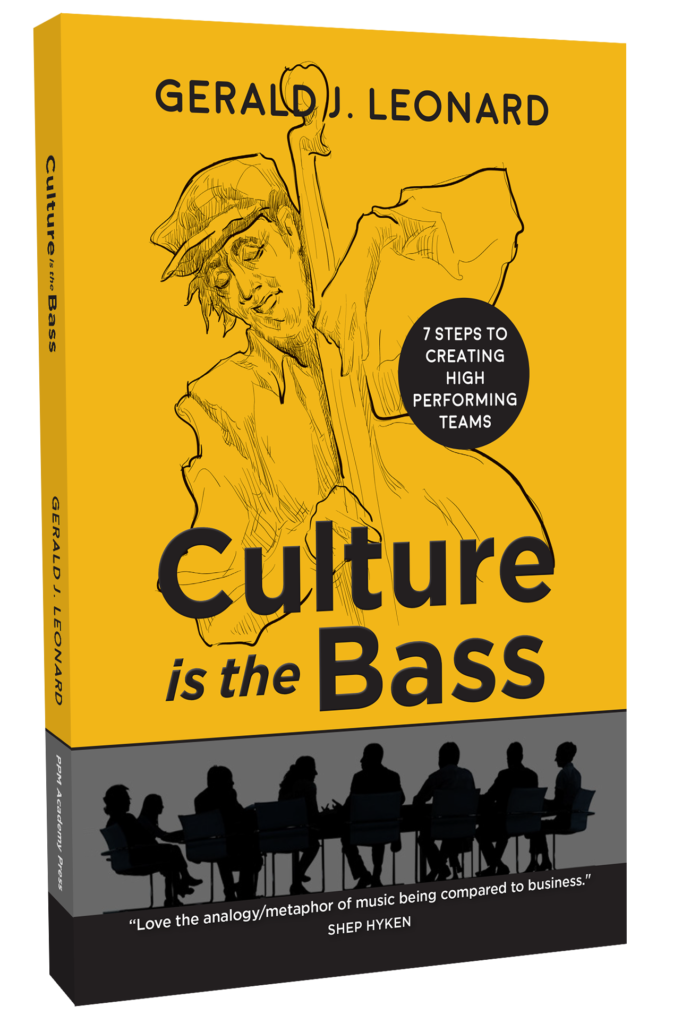
I’m honored to have my book listed on Entrepreneur Magazine as one of the “Top 15 Books on Business Culture That You Need to Read Today”. https://www-entrepreneur-com.cdn.ampproject.org/c/s/www.entrepreneur.com/amphtml/342806 Music already serves as a relatable metaphor for so many things in life, so it makes sense that this newly released book uses music to explain how to […]
This Bass Player’s Tips Could Transform Your Office Culture from Toxic Stress to Sweet Harmony

In his new book, Culture Is the Bass, musician, and workplace culture expert Gerald J. Leonard shares seven steps for creating high performing teams that provide a huge competitive advantage. His book answers the question, How do you transform culture? WILMINGTON, Del., Oct. 3, 2019,/PRNewswire/ — Everyday companies fail to compete in the market and grow […]

